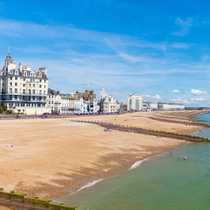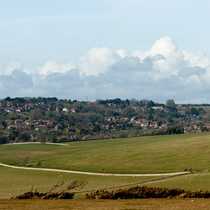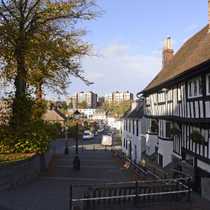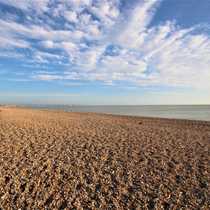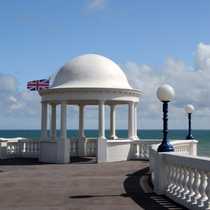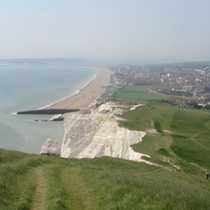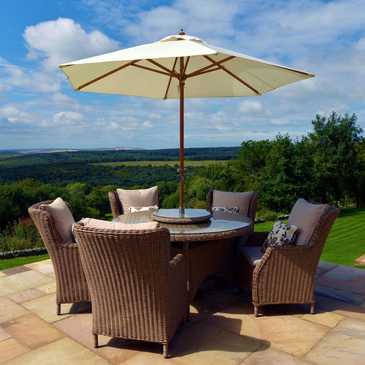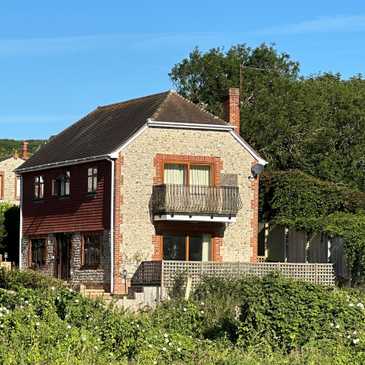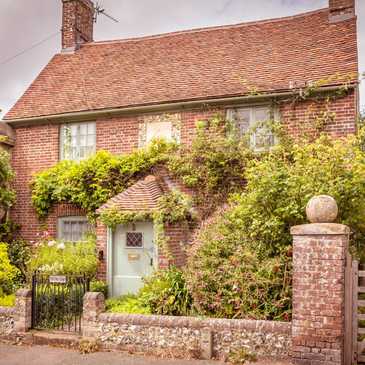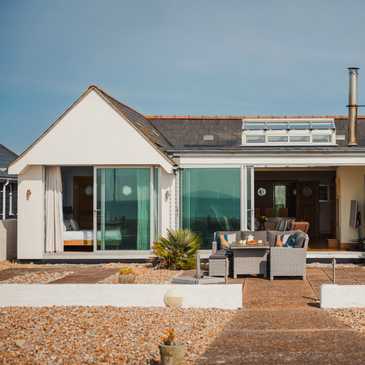Nestled where the South Downs meet the English Channel, Eastbourne offers animal lovers a wide array of beautiful natural habitats and trails. From dramatic chalk cliffs to sheltered woodland valleys, you’re sure to find plenty of wildlife as you wander the Sunshine Coast and the neighbouring region.
Dakota Murphey has provided this useful guide on the best locations to spot wildlife in and around Eastbourne, along with helpful tips for getting the most out of your animal-watching adventures. Looking for inspiration for your next visit to Eastbourne? Look no further.

Eastbourne & East Sussex Fauna
Whether you’re an experienced naturalist or simply enjoy the serenity of encountering local wildlife in their natural terrain, Eastbourne and East Sussex offer many opportunities for memorable wildlife watching. As an inherently safe and captivating place to visit and live in, consider stopping by if you want to see some stunning creatures in their natural habitats.

Eastbourne's prime wildlife spots
Beachy Head and the surrounding Downs
The iconic white chalk cliffs of Beachy Head and the Seven Sisters aren’t just a photographer’s dream – they’re a vital habitat for diverse wildlife. Beachy Head is the highest chalk sea cliff in the whole of Britain, standing over 530 feet high. The grassland atop the cliffs provides an ideal vantage point for spotting seabirds, including Kittiwakes and Fulmars that nest along the chalk faces and on the surface of the crystal clear waters.
Lucky observers might glimpse Peregrine Falcons diving past the lighthouse or even spot dolphins in the waters below during the summer months. Remember to pack binoculars and a high-quality camera with a decent zoom lens to capture these magnificent creatures without disturbing them.
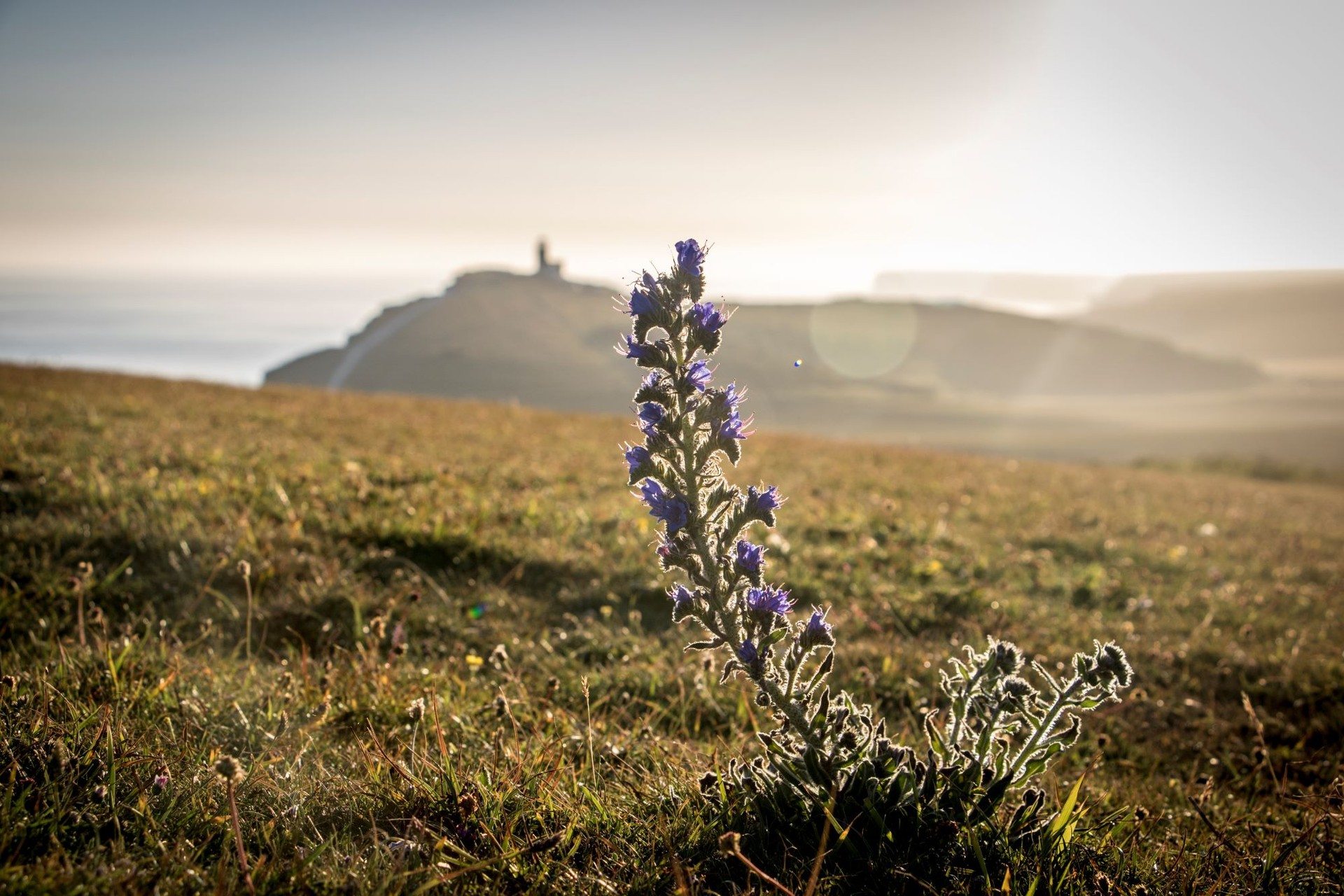
Hampden Park
This Victorian park – built at the turn of the 20th Century – boasts a large lake, colourful lawns and a vast woodland area, offering a thriving urban wildlife sanctuary.
The large lake attracts numerous waterfowl species, including Great Crested Grebes, Water Rails, Herring Gulls, Herons, European Goldfinches and Kingfishers, giving your lengthy walks along the park plenty of exotic avian life in and around the surrounding woodland, one of the oldest in Eastbourne.
Visiting Hampden Park at sunrise and sunset visits will be a truly memorable experience in themselves, where you may even get a chance to see various bat species too.
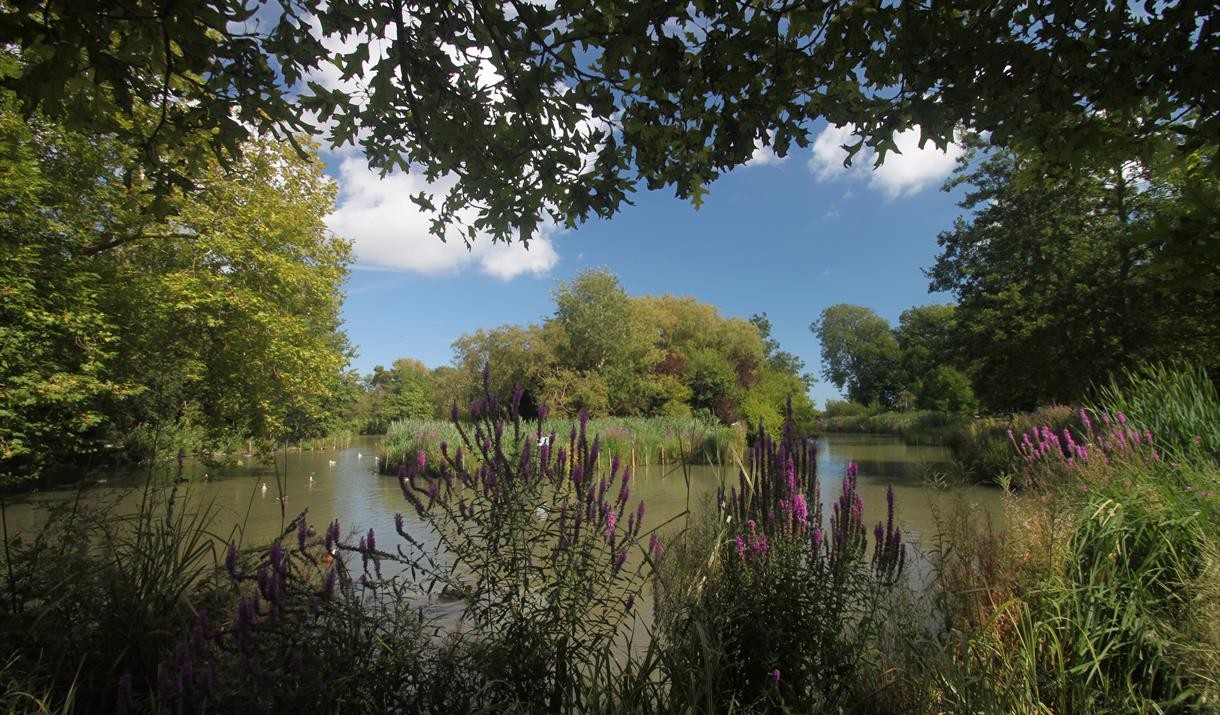
Shinewater Park
Often overlooked by visitors, Shinewater Park‘s reed beds and wetlands provide an essential habitat for water voles and amphibians. The park, particularly in the northern and western areas, is also home to reptiles like grass snakes and aquatic birds like Snipe, Wigeon, and Pintail.
The park’s diverse ecosystem supports several butterfly species during the summer, while winter brings Fieldfares and Redwings to its berry-laden bushes. The raised boardwalks offer excellent viewing opportunities without disturbing the wildlife below.
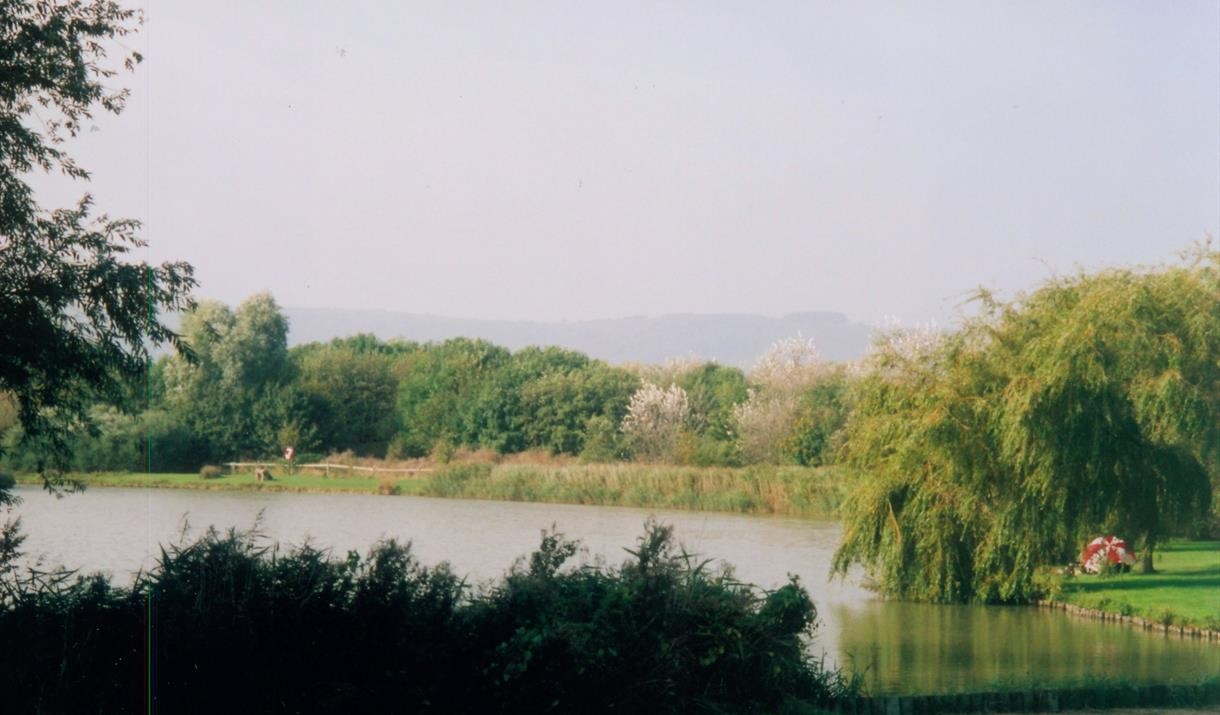
Wildlife-watching tips
Making the most of your wildlife watching experience requires some preparation and knowledge of best practices. When planning a wildlife watch, bear in mind that early morning and dusk typically offer the best wildlife viewing opportunities. You will also maximise your chances of spotting wildlife by moving quietly and slowly, reducing the chance of startling any creatures. Similarly, wearing neutral-coloured clothing will allow you to blend into your surroundings more. Always remember to maintain a respectful distance from all animals and birds, to ensure their comfort and safety.
For those looking to enhance their wildlife watching experience, consider joining local wildlife groups for guided walks and expert knowledge. Finally, remember to always follow the Countryside Code and any other local guidelines in place to protect wildlife and their habitats.
Properties close by to wildlife
Seasonal highlights for wildlife
Wildlife changes from season to season, with many species coming into their own at specific times of the year. At a glance, here is what you can seasonally expect to see in Eastbourne and East Sussex.
Spring (March-May)
- Returning swallows and martins swooping over Eastbourne’s seafront
- Nesting seabirds at Beachy Head
- Early butterflies in sheltered downland valleys
- Migrating Turnstone Waders at Cuckmere Haven
Summer (June-August)
- Whale and dolphin-watching opportunities from Beachy Head
- Beautiful butterflies in chalk grassland areas
- Swift colonies around Eastbourne’s older buildings
- Bats hunting over Hampden Park’s lake at dusk
Autumn (September-November)
- Migrating birds along the coast
- Grey seal sightings offshore
- Fungi in Friston Forest
- Flocks of starlings swooping over the sea
Winter (December-February)
- Overwintering waterfowl at Arlington Reservoir
- Short-eared owls hunting over coastal grasslands
- Winter thrushes feeding in parks and gardens
- Occasional snow buntings along the coast
Conserving and respecting Eastbourne’s wildlife
While exploring these wonderful wildlife locations, it’s crucial to remember that we are visitors to these creatures’ homes.
Stick to marked paths, keep dogs under control where permitted, and never disturb nesting birds or resting animals. Many of these areas are protected habitats, and their continued success and prosperity depend on respectful visitor behaviour.
Whether you’re a resident or visitor to Eastbourne, the region offers countless opportunities to connect with nature and observe wildlife as nature intended. From dramatic coastal cliffs to peaceful inland waters, each location listed above provides unique wildlife-watching experiences throughout the year. Eastbourne is certainly a perfect getaway for families who want to connect with nature more.
By following basic etiquette and visiting different habitats across the seasons, you’ll discover the incredible diversity of creatures that call this corner of East Sussex home.
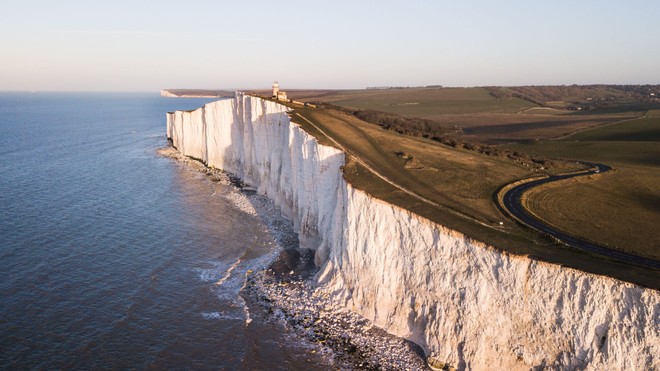
Wildlife hotspots beyond Eastbourne
Seven Sisters Country Park
Just a short journey from Eastbourne, the Seven Sisters Country Park – spanning 280 hectares – encompasses the Cuckmere Haven, where the river meets the sea. This unique environment is home to plenty of sheep, and attracts an impressive variety of coastal birds, including Oystercatchers, Redshanks, Shelducks and Little Egrets.
The meandering river valley provides excellent opportunities to spot wading birds, while the surrounding chalk grassland hosts numerous butterfly species, including the vibrant Adonis Blue.
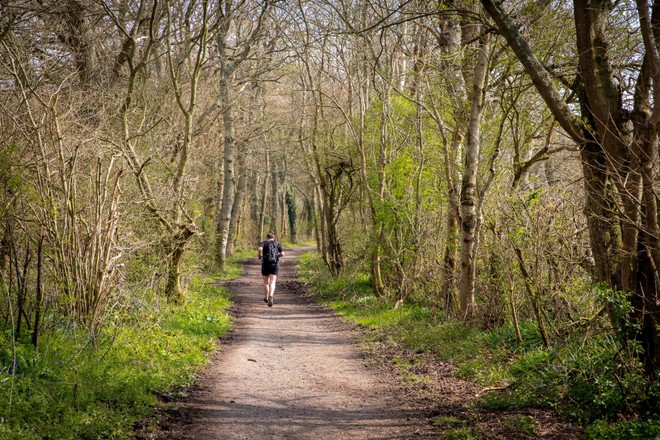
Friston Forest
The beech woodlands of Friston Forest offer a different wildlife-watching experience. This area, within the South Downs National Park, is the largest area of recently established forest within the whole of the South East, as affirmed by Forestry England.
Spring brings a carpet of bluebells and the chance to spot deer browsing among the trees. The forest’s network of trails allows visitors to explore quietly, increasing the chances of encountering woodland birds and, if very fortunate, badgers in the early evening.
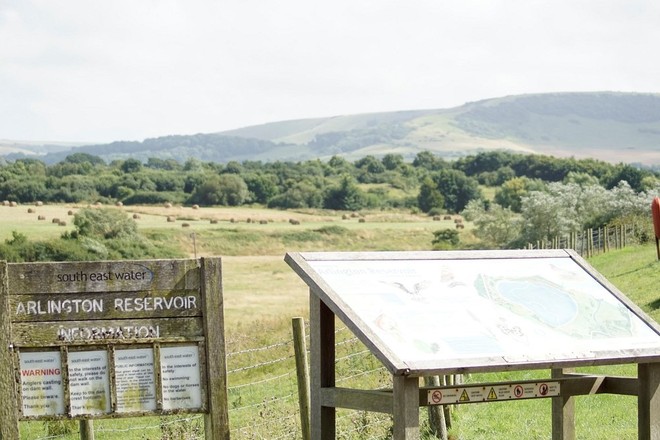
Arlington Reservoir
Just inland from Eastbourne, Arlington Reservoir combines excellent bird-watching opportunities with easy walking trails. The reservoir attracts numerous waterbird species throughout the year, with winter bringing impressive numbers of wildfowl. Collectively, it boasts over 170 species of birds, according to the Royal Society for the Protection of Birds (RSPB), including Woodpeckers, Reed Warblers and even Ospreys.
The surrounding scrub and woodland edges provide perfect habitat for smaller birds, including Finch Flocks.

Meet your team
Our love of wildlife extends well beyond Madge the office dog (although she does give us ample excuse to get outdoors) – we know the local area as good as anyone so talk to us and make the most of your precious time in this wonderful part of the country.
